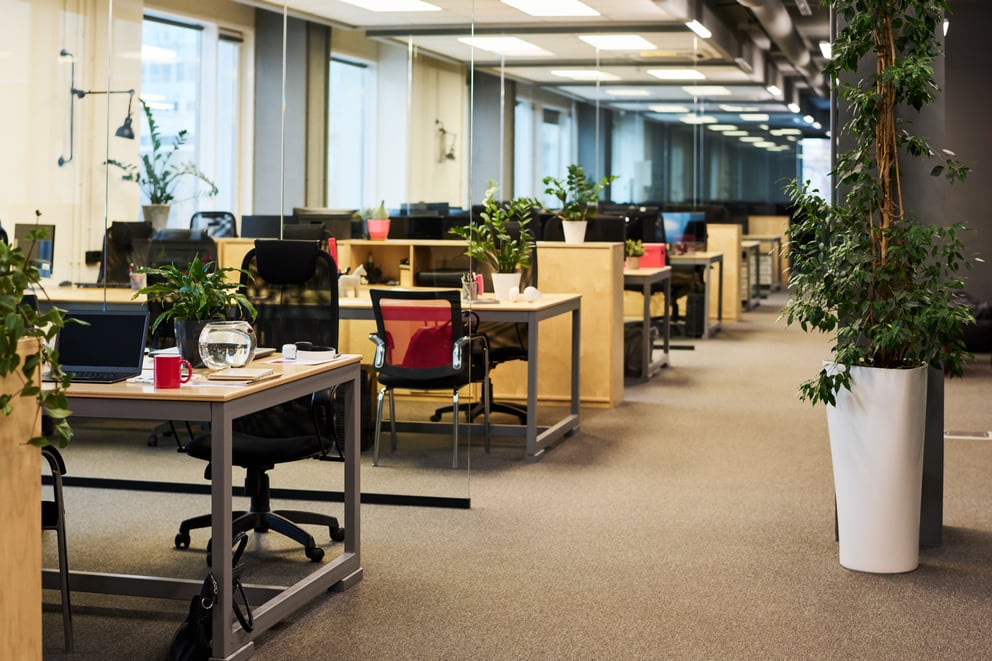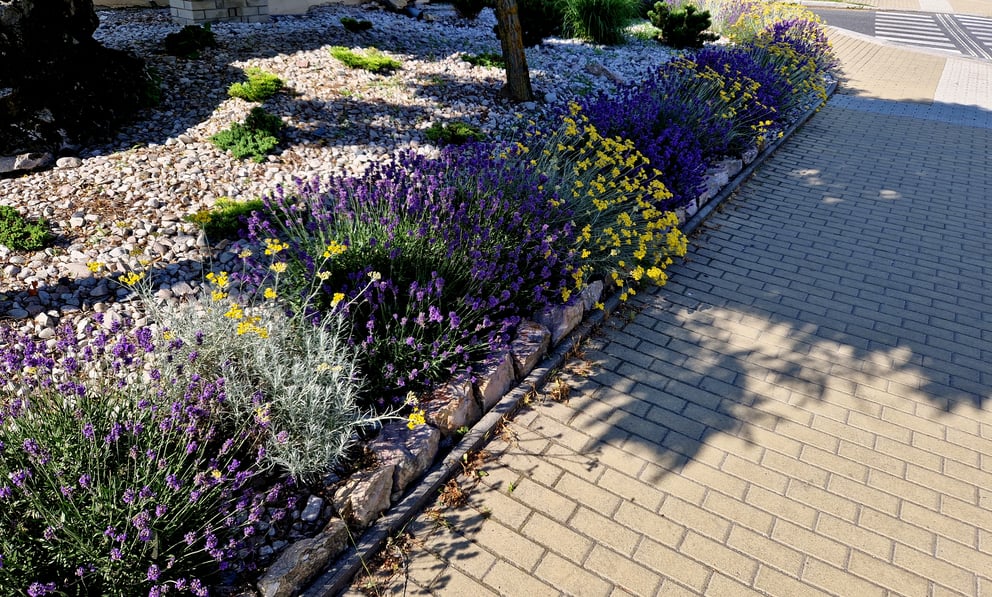We can help you
In Zero Consulting we have a broad experience performing thermal comfort analysis. We invite you to take a look at our project section.
We are happy to help you if you need further information.
Thermal comfort allow us to enjoy the use of the building, whether it is an office building, residential building or a public space.
Through it we can lower the operating energy costs of the building while maintaining its occupants comfortably and happier. Guaranteeing the indoor's energy balance is a synonym of well-being, and enhancing thermal comfort means to motivating our productivity.
Thermal comfort analysis is a common credit requirement when performing sustainable building certifications such BREEAM, LEED, WELL and DGNB. Considering thermal comfort parameters in the early stages of a project design help us to gain control over indoor climate conditions, establish a good energy balance and improve user’s health and wellbeing.
| Sustainable Certification | Category | Indicator | Points |
| BREEAM | Health and Wellbeing | Thermal modelling, adaptability, thermal zoning and controls | 3 |
| LEED | Indoor Environmental Quality | Thermal comfort conditions for human occupancy, Ergonomics of the Thermal Environment, Thermal comfort control | 1 |
| WELL | Thermal Comfort | Thermal performance, thermal zoning, individual thermal control, radiant thermal comfort, thermal comfort monitoring and humidity control | |
| DGNB | Sociocultural and functional Quality | Up to 100 |
Our thermal comfort depends on the environment we live in and the way we interactuate with it. It takes into account 6 main principles:
By local discomforts we talk about draft air, different vertical air temperature, floor heating and cooling temperature and radiant temperature asymmetry.
These factors that conditionate our daily well-being and affect our thermal balance are key indicators to take into account when designing nZEB buildings. Improving the building fabric and the energy efficiency of the heating systems means a reduction of heat loss, save energy costs, enhance better health and reach user's comfort.
.png)

Several operational strategies that can be applied to guarantee and mantain users and building' thermal comfort.
Once the thermal comfort performance indicators are defined, we can adjust the setpoints of the building's equipment power according to the user needs or rebalance HVAC distribution system to reduce thermal loads, avoid thermal stress and ensure that the supplied heat or cool is aligned with the room necessities.
The dynamic energy simulation allows us to check if the sensors are correctly installed, evaluate thermal comfort hour by hour and review the inexistance of local discomfort parameters.
Setting up temperature control systems enhance to mantain building' thermal mass, optimize room temperature according to the space' usage, save energy during the building off-work hours and boost occupants well-being and productivity.
Through using simulation engines such as EnergyPlus we can perform dynamic energy simulations and evaluate the thermal comfort of a builiding.
We designed an OpenStudio measure that allow us to apply all the variables that are drawn from BIM, such as surface temperature, ceiling temperature, wall temperature,... simulate them hourly, and evaluate their energy performance.
As a result, we can observe which insulation elements we should alter, select the operational equipment, analyse the most appropiated building envelope, set up thermostats timetables and setback temperature.
Regarding clothing' thermal comfort, everyone's metabolic heat is different, and so it is the weather influence. So instead of relying on seasonal weather averages to perform dynamic simulation, we do simulate them hourly to understand better the user needs.
.png)
In Zero Consulting we have a broad experience performing thermal comfort analysis. We invite you to take a look at our project section.
We are happy to help you if you need further information.
VERDE certification process and consultancy
Consulting and sustaineble certification for a LEED new construction hotel
BREEAM and VERDE certification process and consultancy
Residential hotel DGNB Gold certification process and consultancy

Comprehensive guide from IFMA Spain for designing sustainable offices, optimising resources, improving workplace wellbeing, and reducing the carbon footprint.

Discover how leading sustainable certifications like BREEAM, LEED, VERDE, and DGNB approach Life Cycle Analysis (LCA) in distinct ways.

Reducing the urban heat island effect: how to address it in sustainable certifications such as LEED and VERDE certification to create healthier urban environments.

Discover how to merge sustainability and Facility Management services for reduced environmental impact and maximised economic and social value.

Learn how natural light impacts the way we conceive spaces, how to calculate it, and its justification in sustainable certifications.

Native plants are ideal choices for the design of green areas in sustainable buildings, which stand out for their contribution to sustainability

Discover the importance of sustainable marketing in construction and how ethical strategies can generate environmental and business benefits.

Studying a building from an energy point of view, based on the LEED Integrative Process, enables an understanding of the areas in which to intervene to reduce its consumption